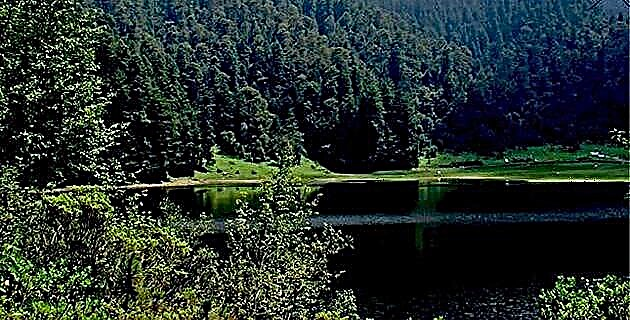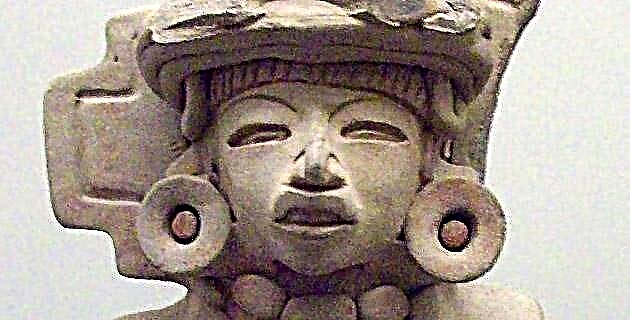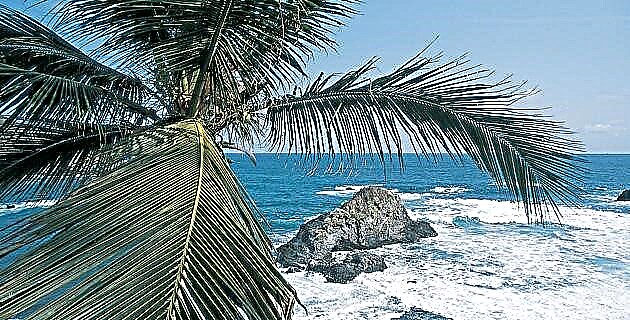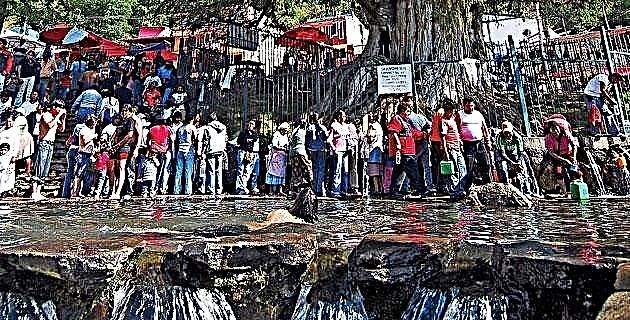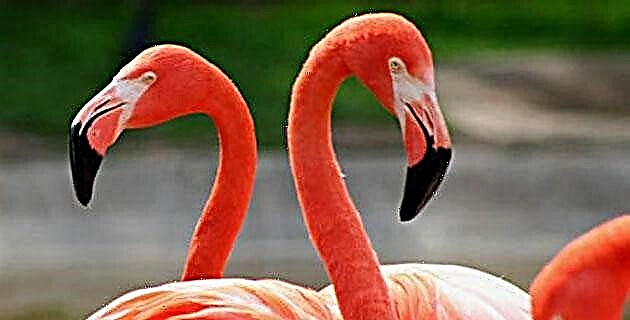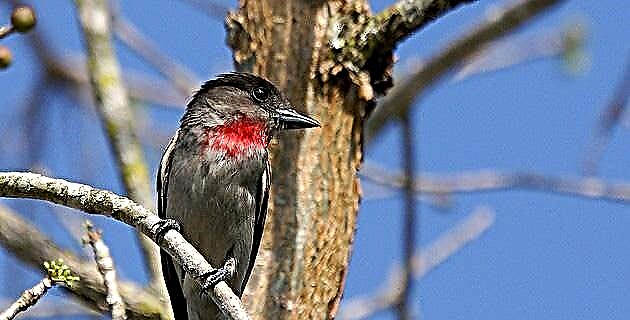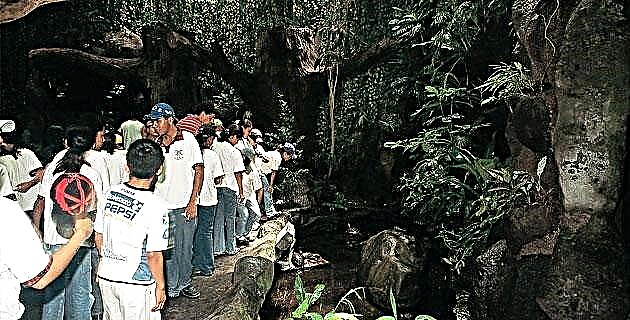
One of the most complete and state-of-the-art aquariums in Latin America, whose objectives are to promote education, tourism, ecological understanding, expand aquatic research and offer a recreational place for the family.
Located in the Playón de Hornos, the Veracruz Aquarium occupies an area of 3493 m2 and is composed of 80% natural environment and only 20% artificial. Likewise, it consists of seven sections of which the first is the lobby in which the dancing fountains stand out, where restless jets of crystalline water rise and fall to the rhythm of well-known national and international melodies.
The second section is the Ecological Path, where various species of mojarras, tilapias and numerous turtles inhabit. In this jungle environment, recreated in its smallest details, the mischievous and playful toucans fly from one branch to another or do their thing on the swings for the enjoyment of the visitors.
The Fresh Water Gallery, made up of nine tanks, houses fish originating from rivers, lagoons, lakes, swamps, estuaries and mangroves. This section exhibits African mojarras, tambaquíes, piranhas, Japanese fish, platys, tetras, neons and angels, among others, as well as the feared and coveted crocodile.
But the most exciting point of the tour is the Oceanic Fish Tank, a tunnel that has a transparent acrylic dome, the largest in Latin America, where visitors, overwhelmed, are surrounded by the most representative species of the Gulf of Mexico. In this place, the impression of the spectators is that the deep waters have been opened so that they can safely observe the free movement of the grouper with the enormous mouth, which changes sex without even knowing why; of the beaked barracuda, agile hunter; of the toothy or tusked snapper; of the beautiful tarpon, popularly known as the "king of the seas"; of the voracious cobias and the thorn rays that gracefully flap their fins against the fish tank at mealtime.
In addition to the aforementioned animals there are the masters and lords of the Oceanic Fish Tank: the subjugating sharks, the least understood to be believed the killers of the seas, because of the 350 species classified to date, only 10% are considered dangerous although they only attack for three fundamental reasons: hunger, danger or invasion of their territory.
An impressive fact about the Oceanic Fish Tank is that it has a capacity of 1,250,000 liters of salt water, and enough space for the fish to feel at ease.
Following our marine walk we arrive at the Salt Water Gallery, which has 15 fish tanks where we can see beautiful specimens of moray eels, urchin fish, hawksbill turtles, lobsters, shrimp, seahorses and stone fish. There is no lack in this gallery of beautiful samples of the Indo-Pacific such as leopard sharks, yellow surgeons, Moorish idols, scorpions and many more.
A necessary parenthesis in this visit are the reefs, one of the most productive and richest ecosystems in the sea. Although for a long time they were confused with plants, today we know that reefs are long coral reefs made up of the skeletons of millions of tiny animals called polyps, which when gathered in colonies can reach extensions of thousands of kilometers. Due to their extraordinary beauty, corals are also called "flower animals", and the most important thing is that their existence prevents the erosion of the coasts, and gives shelter and food to a great diversity of organisms such as crabs, octopuses, urchins and the already mentioned in the Salt Water Gallery.
As invaluable support to this aquarium is the Ramón Bravo Museum - named after the outstanding underwater photographer and researcher -, in which visual information is completed since it offers visitors interesting exhibits such as the marine supermarket, which shows us the enormous quantity of products of daily use that have their origin in the sea. In this place the public can freely examine small wonders such as snails, shells, sponges, starfish, turtle shells, lobsters, crabs, corals, etc.
To end the visit, the Video Aquarium awaits us with a capacity for 120 spectators, who can enjoy materials of great beauty and educational value.
By way of an epilogue we will say that this research center has an extensive technical area, made up of maintenance sections, work rooms and two laboratories: the Chemical Laboratory, which is responsible for the good state of the health system, as well as for reproducing as a natural environment is possible for the inhabitants of the sea, and the Live Food Laboratory, where one of the most delicate tasks of the aquarium is carried out: the production of artemia, small organisms that are part of plankton, the first link in the chain marine food.
The technical staff that collaborates in the maintenance of the Veracruz Aquarium, is made up of biologists, oceanologists, aquaculture engineers and divers, and although this center does not have a subsidy of any kind, the expenses are covered with the donations of the visitors and with the altruism of its professionals and of the administration.
This aquarium, in addition to showing Mexicans and foreigners the importance of life in the sea, also aims to protect those species that are in danger of extinction.
The address of the Veracruz Aquarium is:
Blvd. M. Ávila Camacho S / N Playón de Hornos Col. Flores Magón Veracruz, Ver. C.P. 91700

